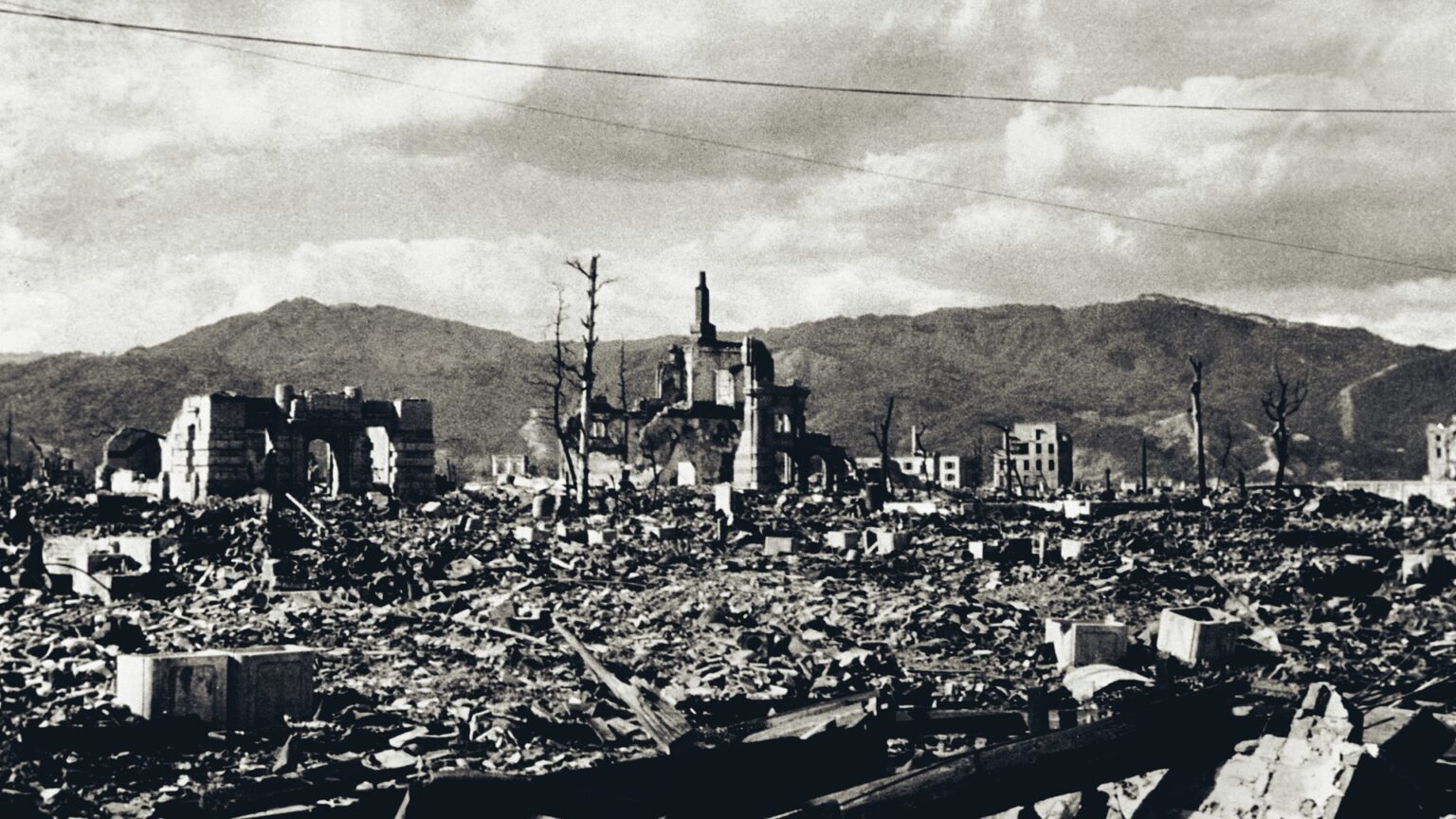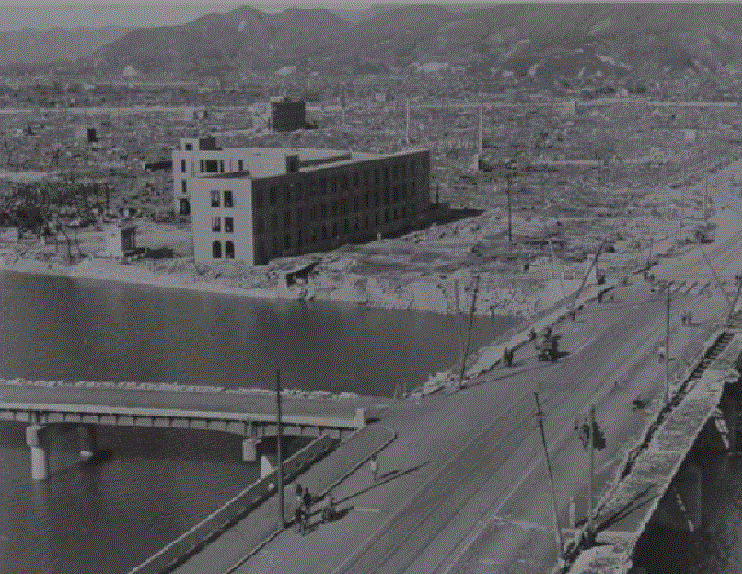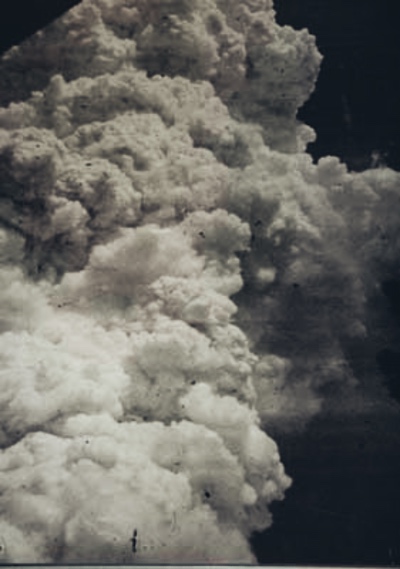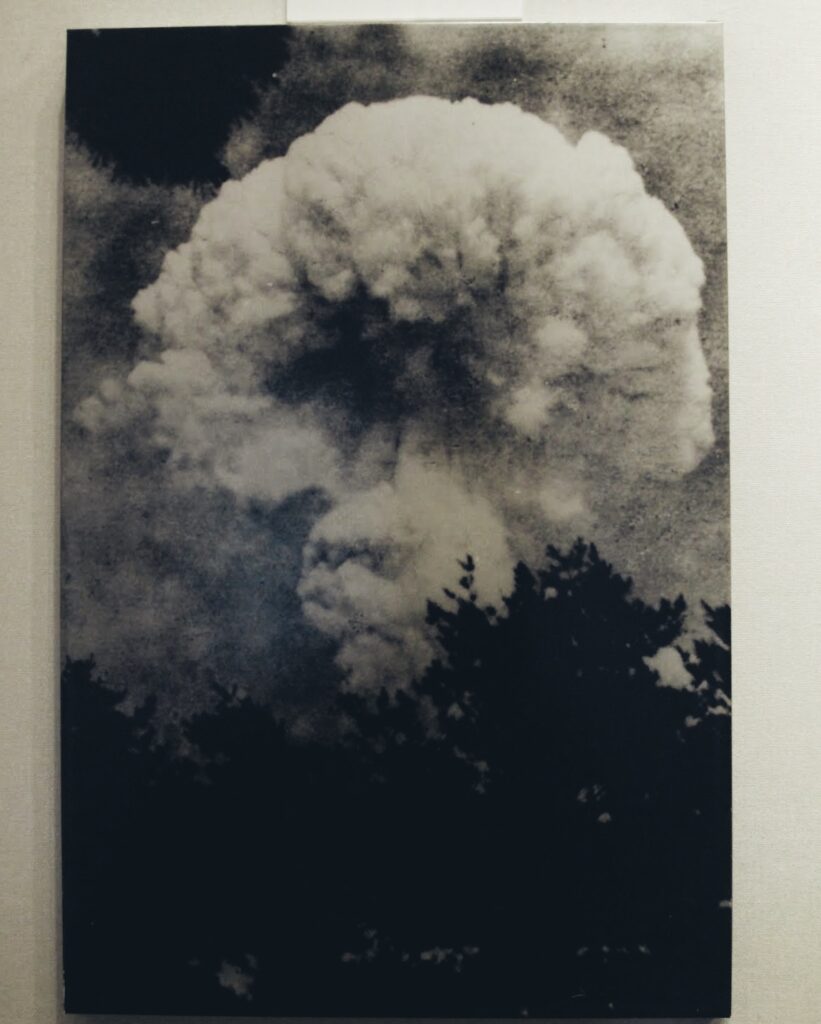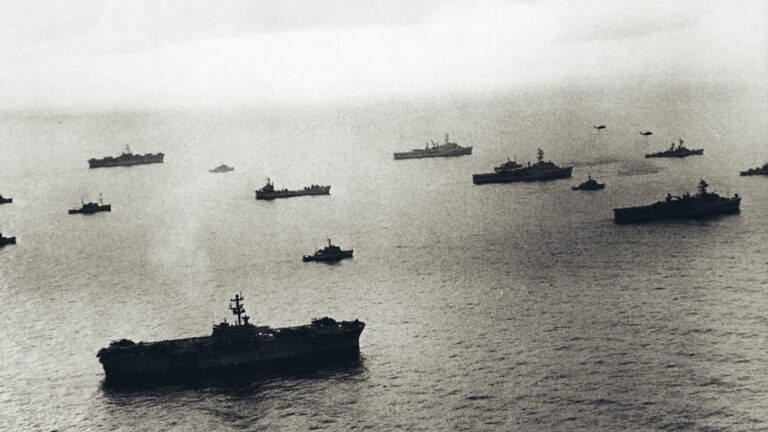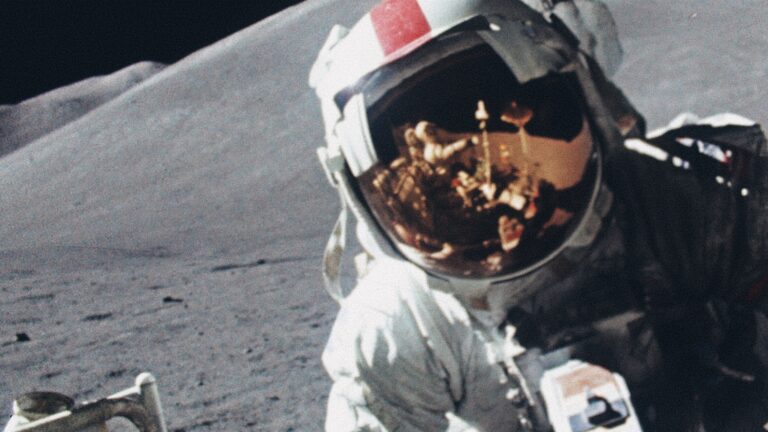On 6 August 1945, during World War II, an American B-29 bomber dropped the world’s first atomic bomb over the Japanese city of Hiroshima. The explosion immediately killed an estimated 80,000 people; tens of thousands more eventually died of radiation exposure.
The United States repeated the same atomic bombing over Nagasaki a few days later.
Or did they?
Michael Palmer
Michael Palmer held a faculty position in the Chemistry department at the University of Waterloo before being fired after his refusal to receive the Covid™ jab.
He published a book – which is freely available for download – in which he challenges the atomic bomb claim, using archival medical and scientific data, and showing that the destruction of Hiroshima and Nagasaki was a result of mustard gas and napalm, not unlike the bombing of other cities (like Tokyo).
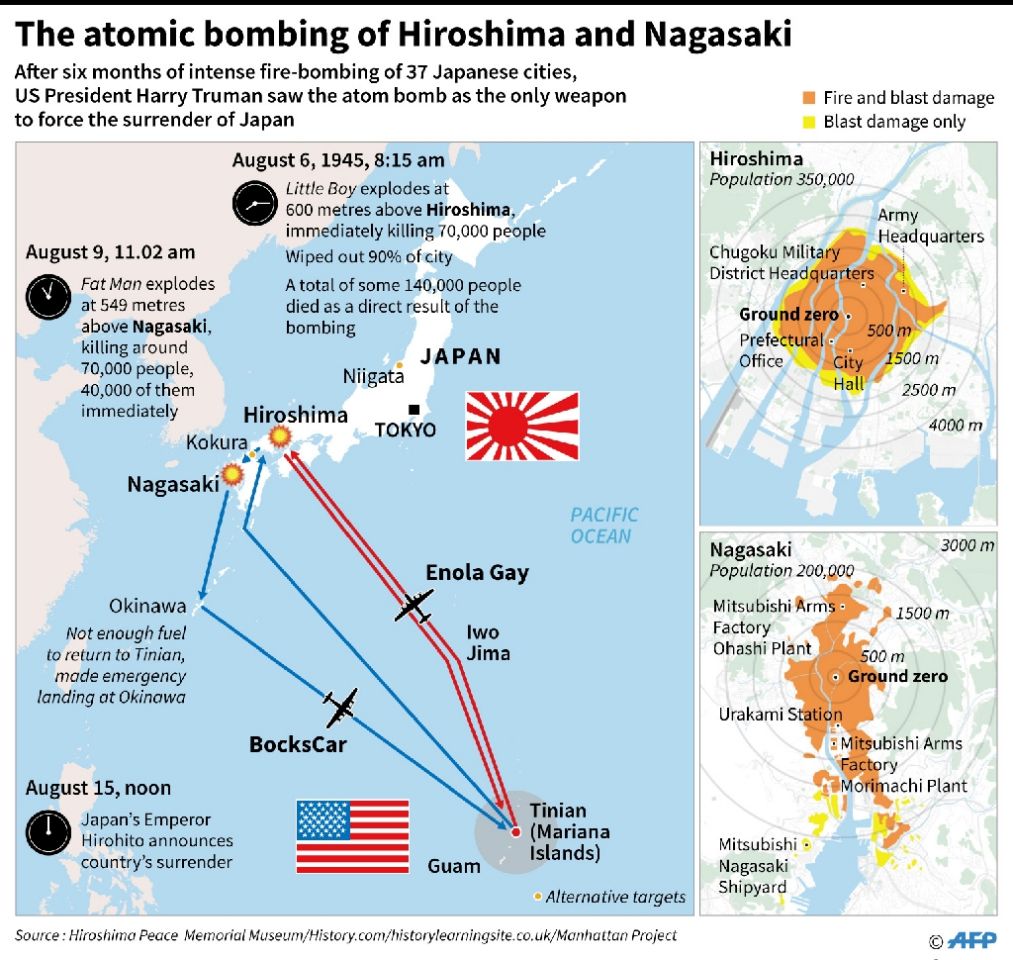
Truth bombs
Many don’t know, as Swedish engineer Anders Björkman pointed out, that when Hiroshima was attacked, the US air command had 66 bombers ‘lined up for a mission in nearby Imabari, Japan’, but Imabari had already been destroyed in two earlier raids.
Which suggests that these were the planes that firebombed Hiroshima, he believes.
For a detailed collection of critiques and analyses, I recommend going through this “guided tour” which includes patents, photos, reports, testimonies and more.
Some of the anomalies include:
- Albert Einstein’s role in a patent office,
- hidden ‘atomic piles’ in Chicago,
- Roosevelt had prior knowledge of the attack,
- delayed reporting of Hiroshima,
- faulty functionality of bomb antennae,
- contradictory accounts by Enola Gay pilot, Paul Tibbets,
- eyewitness accounts claim firebombing,
- post-war literature and testimonies,
- media portrayal of Japan shifted from hostility to friendship, and
- authenticity of famous wartime photos.
Photos
It turns out that locating photos taken by Japanese witnesses is very hard – almost impossible – to come by.
Why?
Did only Americans have cameras?
The following rare photos are from a Japanese pamphlet published in 1949.
None shows the surrounding area, unfortunately.
And there is a possibility that the photos are not from the claimed atomic bombings since it’s difficult to verify and because they only appeared years later.
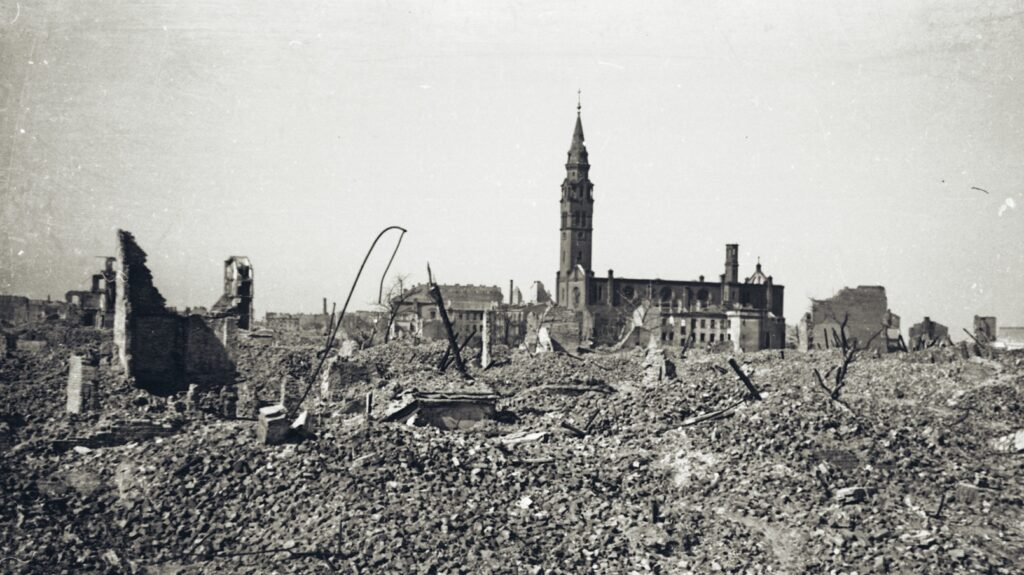
Meanwhile, the Daily Telegraph published the following photo in January 2013. It also resembles a firebombing rather than an atomic ‘mushroom cloud’.
In Hiroshima I was prepared for radically different sights. But, to my surprise, Hiroshima looked exactly like all the other burned-out cities in Japan.
US Major, Alexander P de Seversky, circa 1945
There was a familiar pink blot, about two miles in diameter. It was dotted with charred trees and telephone poles.
Only one of the cities twenty bridges was down. Hiroshima’s clusters of modern buildings in the downtown section stood upright.
It was obvious that the blast could not have been so powerful as we had been led to believe. It was extensive blast rather than intensive.


